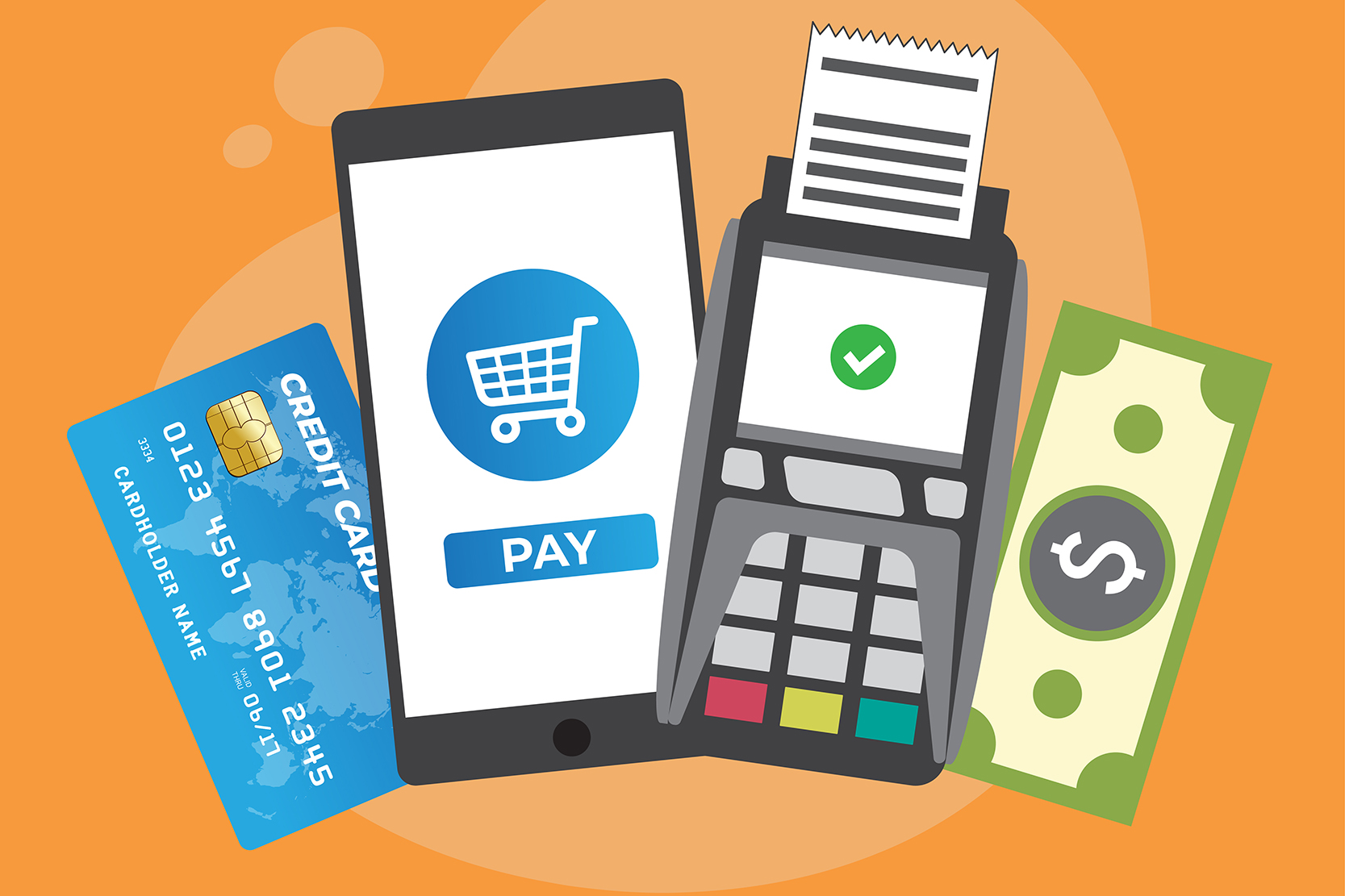Category: PAYMENT GATEWAY
-
What Is a Digital Wallet and How Does It Work?
It’s an exciting time to be in the world of commerce, isn’t it? We’re witnessing a seismic shift in the way people pay for goods and services, and it’s all thanks to the meteoric rise of digital wallets. Gone are the days when customers had to fumble through their physical wallets, searching for the right…
Written by

-
How to Add Payment Options to Shopify: A Step-by-Step Guide for Online Merchants
As a Shopify store owner, offering multiple payment options is crucial for providing a seamless checkout experience and maximizing conversions. In today’s ecommerce landscape, customers expect the flexibility to choose their preferred payment method, whether it’s a credit card, digital wallet, or even cryptocurrency. Whether you’re a new Shopify merchant setting up your payment options…
Written by

-
CRM, POS, Shopping Cart, & Gateway — How They Work and What’s the Difference
Understanding the arsenal of tools at your disposal when it comes to ecom can be the difference between just getting by and truly thriving. Among these tools, four stand out for their critical roles in shaping the customer journey and driving sales: Customer Relationship Management (CRM) systems, Point of Sale systems (POS), shopping carts, and…
Written by

-
Shopify Holding Funds? Why Your Money Is Trapped and How to Free It
Platforms like Shopify have become the go-to choice for budding entrepreneurs and seasoned business owners alike. But while setting up an online store has never been more accessible, there’s a lurking snag that catches many by surprise: frozen funds. If you’ve ever seen your hard-earned revenue trapped in a “Shopify Payments hold”, you’re not alone.…
Written by

-
Shopify Payments Methods to Maximize Checkout Conversions
Shopify is one of the world’s most popular platforms for ecommerce. With its user-friendly interface and customizable features, it’s no surprise that a multitude of Shopify merchants have become loyalists. Central to the success of any Shopify store is the checkout experience, which hinges on the payment methods available. While Shopify Payments has become synonymous…
Written by
